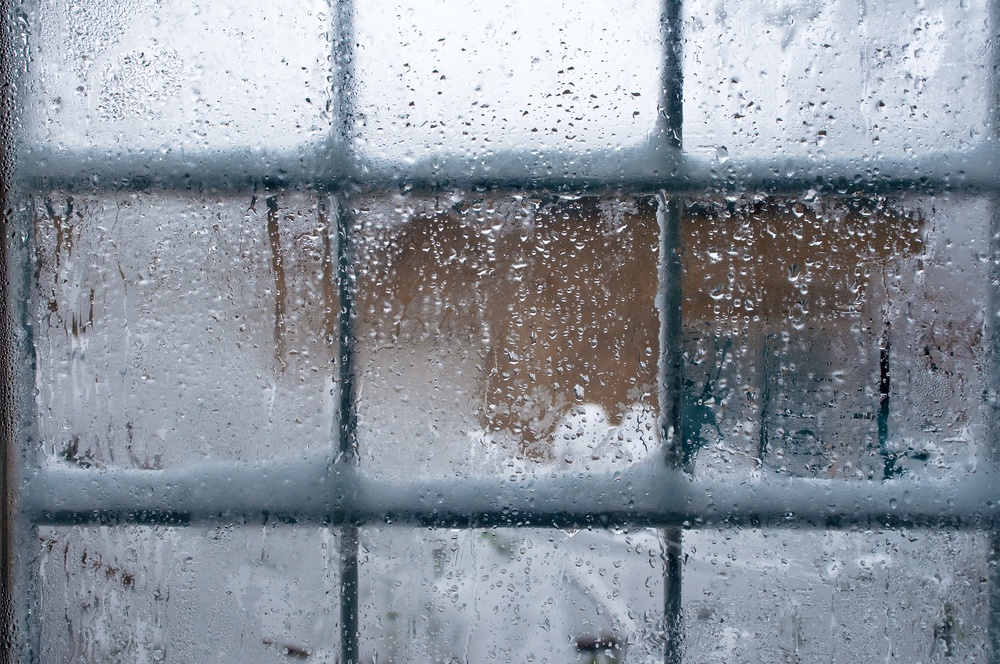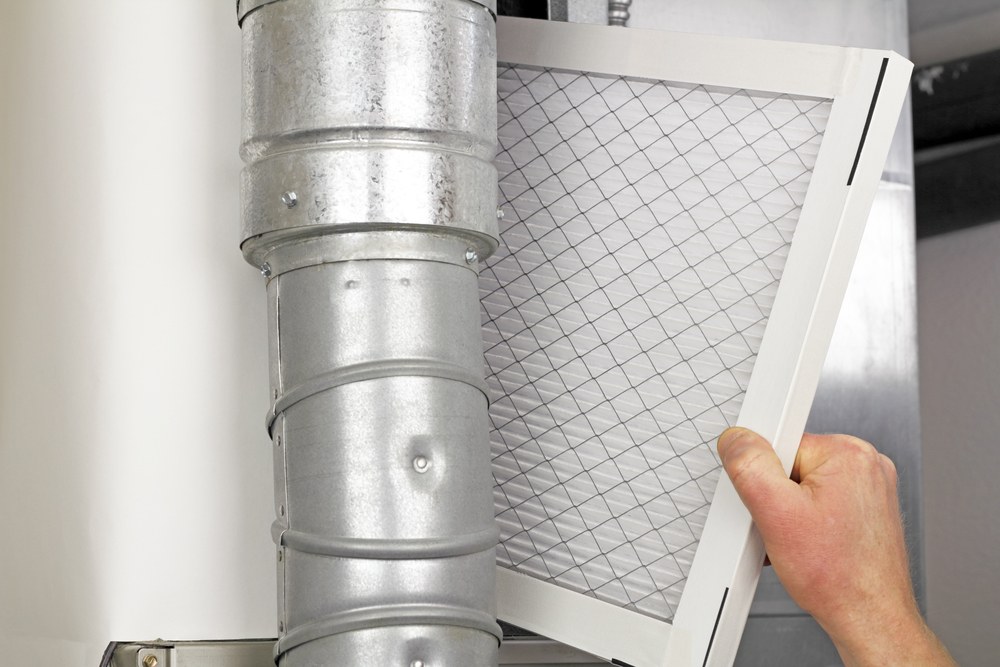 Electrical bills are an important part of any homeowner’s budget. It’s one of those expenses that you simply can’t avoid having to deal with, at least not if you want to live comfortably. The only thing you can really do is take steps to keep your electrical bills as low as possible.
Electrical bills are an important part of any homeowner’s budget. It’s one of those expenses that you simply can’t avoid having to deal with, at least not if you want to live comfortably. The only thing you can really do is take steps to keep your electrical bills as low as possible.
Since there are so many things in our homes that use electricity, it can be hard to pinpoint exactly where your money is going each month. But since lighting accounts for an average of 10-20% of a home’s electric bill, evaluating your home’s lighting can be an excellent starting point.
First of all, one of the best ways to reduce your home’s electrical bills is by turning off your electrical lights and letting your vinyl replacement windows take care of the lighting for you. The more you’re able to use natural light, the less money you’ll have to spend on powering electric lights. Obviously, curtains, blinds, and shutters will help you control the amount of light that comes into your home, but the color you paint your walls can help reflect light and make the room brighter without using any additional lights. If you want more light in a room, look for a paint with a high light reflectance value (LRV). You can typically find the LRV printed on the back of a swatch of paint you get at a store. White and yellow are the most reflective wall colors while black is the least reflective. Mirrors are another way to help reflect light and brighten a room.
Have a room that simply doesn’t get much natural light through regular windows? Adding a skylight may be something you want to consider. Skylights let in about 30% more sunlight than regular windows, so they can provide you with more natural light without losing privacy in a room. However, skylights can be very expensive to install; so much so that it may take a long time to recoup the cost of the job through lower electric bills. But solar tubes are a much more budget-friendly option. Solar tubes are very effective at bringing much-needed light to rooms (even in spaces that are often difficult to light) but are much easier and less expensive to install than skylights.
No matter how much you rely on natural sunlight, there will still be times when you need to use electrical lights. But of course, there isn’t just one type of light bulb. Consumers have plenty of energy-efficient lighting options to choose from like compact fluorescent lights (CFLs) and light-emitting diodes (LEDs). These bulbs are more expensive than older styles of bulbs, but according to Energy.gov, these newer types of light bulbs can use anywhere from 25% to 80% less energy than older incandescent bulbs and can last 3-25 times longer.
CFL light bulbs are the type of light bulbs with a curly appearance and are perfect for many different fixtures around the house, like in lamps and ceiling fans. LED lights are more expensive than CFLs, but they have an extremely long lifespan. Although there are LED light bulbs that can be used in regular lamps, their very long lifespan makes them perfect for being used in places where changing bulbs isn’t always convenient, such as in recessed lighting, lighting fixtures located on high ceilings, and outdoor lighting.
By making changes like these to your home, you’ll be well on your way to seeing your electrical bills drop for good!









